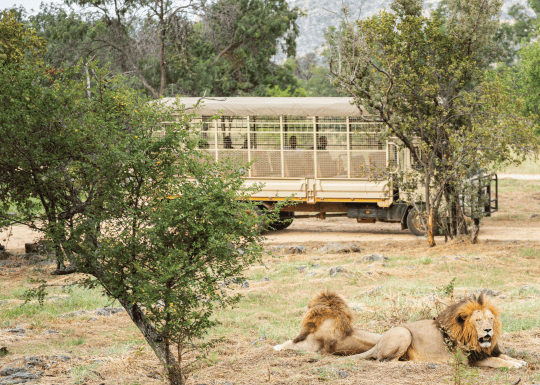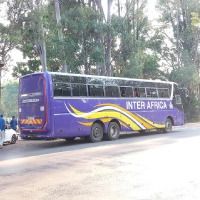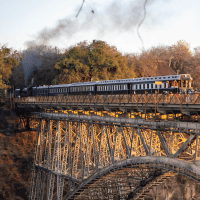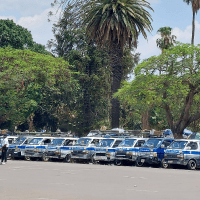There are a multitude of ways to explore and navigate Zimbabwe, though it might not be immediately obvious. There are a number of transport options to take you through the country to your chosen destination faster and more efficiently. It is important to know that in rural areas, public transport may be limited and has faced various challenges in recent years, including overcrowding, maintenance, and affordability. The availability and quality of services may vary depending on the location and current economic and political situation. It is advisable that beyond air travel, information should be sought for other methods of transport between the airport you land in and your eventual destination.

Air Route Development
ZW Essential Air Service does not have the means to determine or alter flight schedules, but we can encourage increased air travel across the country, and work with airlines for better connectivity.
PSO Flight Improvements
We are encouraging local communities to have more control over the flight services provided in smaller, under-served towns.
Air Discount Scheme
ZW Essential Air Service provides subsidised air travel between smaller, under-served towns and larger city hub airports to residents of Zimbabwe.

How long does it take?
Currently there are 88,100 km of classified roads in Zimbabwe, of which 17,400 km are paved. Around 5% of the road network in the country are classed as 'primary roads' (sometimes called "National Roads" or "Highways") which are the most trafficked, with most linking to neighbouring countries. As timing depends on a great deal of factors, there is no concrete way to estimate how long it would take to traverse one part of the country by bus, though it is pertinent to take into account that buses will travel slower than cars, and especially so on routes that are not paved.

How long does it take?
Railways are operated by the National Railways of Zimbabwe, which services areas of Zimbabwe and links to countries such as South Africa, Botswana, Zambia, and Mozambique. There are a great many areas in the country that are not supported by railways and so it is hard to determine from one point to another how long it would take. Usually a person using the railway will take connections from neighbouring bus or kombi stops, however these can be few and far between in many areas.
The prioritisation of rail projects is a big challenge in improving the infrastructure of Zimbabwe. If rail services are to improve, funding and support needs to be put forward to ensure the development of the rail industry.

How long does it take?
A kombi will have a set destination with a singular stop. In this way they can be a lot faster than relying on a bus. The capacity for a kombi is determined on a first come / first served basis. Once the kombi is full, the journey begins. Kombis will typically not travel a large distance in relation to the country itself compared to the distance you might expect from a plane. However, these are a lot more practical and efficient than rail or bus services which may not run in particular areas.




